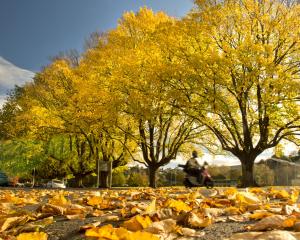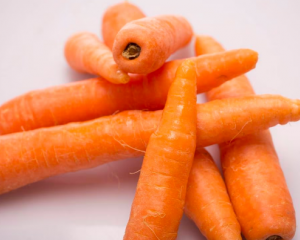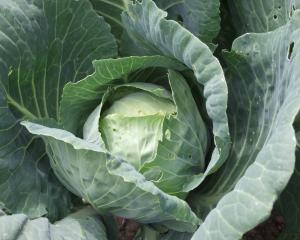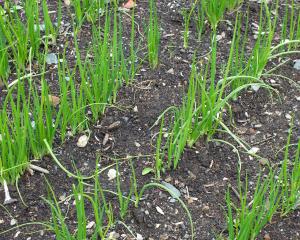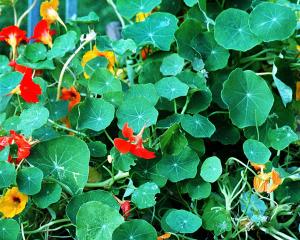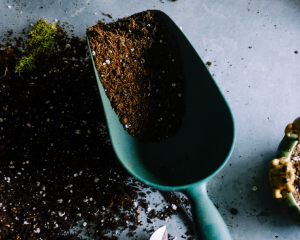Vegetables
This month, a start can be made on sowing the hardier vegetables but the likes of runner beans, pumpkins and corn should be left until all likelihood of frost has gone.
However, these tender vegetables can be started in seed trays in a glasshouse or in a corner of the laundry.
To have peas over a long period, start sowing them now and continue to sow small amounts about once a fortnight.
Although broad beans can be sown, they do not produce as well as those put down in autumn and also seem more prone to rust.
If you want potatoes for Christmas, start planting early varieties (Jersey Benne, Swift) and cover them until frost danger has passed.
Potatoes do best in a rich, slightly acidic soil, so add no lime.
Compost, rotted turf and decayed lawn clippings can be added to the soil, which should be moist but well drained, so dig as deeply as possible, without bringing subsoil to the surface.
Maris Anchor is a useful early potato that can be planted after Jersey Benne for, as well as being used as a new potato, Maris Anchor shaws can be left to mature and older potatoes eaten mashed.
Using cloches enables seeds to be sown about a month earlier than in the open ground.
Cabbage, lettuce, cauliflower and silverbeet seedlings can be raised in one large cloche with the ends closed up, giving protection from sudden changes of weather.
Shallots can be planted in rich soil and a sunny site. Plant 20cm apart with 30cm between rows. Keep asparagus plots clear of weeds.
As soon as the first asparagus growths appear, apply nitrate of soda (28g per sq m) or apply liquid manure at fortnightly intervals.
A top dressing of blood and bone forked lightly into the surface of the soil will improve rhubarb stems.
Flowers
Sweet peas have been a popular garden annual since first being introduced into England at the end of the 17th century and the original variety, Cupani, is still available, although it appears to be in short supply this year.
A burst of hybridising at the end of the 19th century and early 20th century marked the development of the modern sweet pea, particularly the Spencer types.
Dwarf sweet peas such as Bijou need no staking, so can be grown in an open area. Sow sweet pea seed outdoors in early spring. Chrysanthemum cuttings can be taken now.
Rooted pieces from the edges of plants will develop quickly but unrooted slips will soon root if placed around the edge of a pot of sandy soil and kept moist but not saturated.
Seedlings and cuttings that have been grown under shelter since autumn should now be hardened off.
Give them ventilation and expose to full sunshine during the day but keep them protected at night.
Start planting gladiolus corms from now until early November, as staggering planting will provide a succession of flowers for picking.
Fruit
Prepare the greenhouse now for tomatoes, capsicums and aubergines.
Wash the inside of the glass with a Jeyes Fluid solution and if the tomatoes are to be grown in the soil, rather than pots or bags, replace the soil.
Leave the top of the greenhouse open until planting begins.
Material removed from the greenhouse is excellent for the vegetable garden or can be used to top up flowerbeds.


